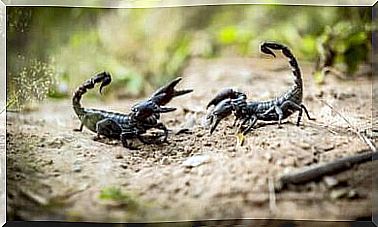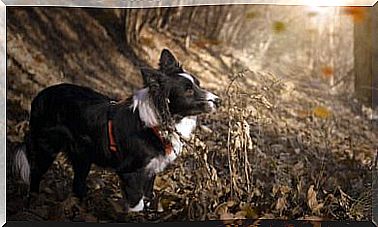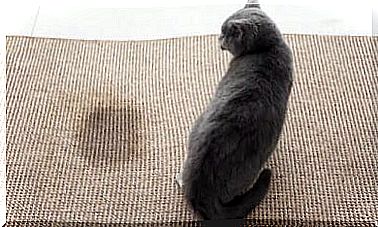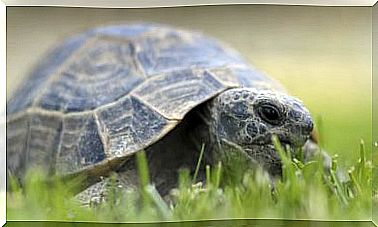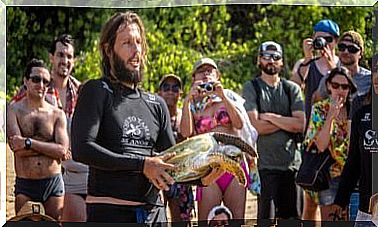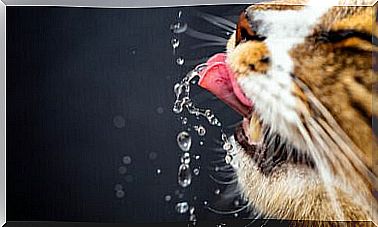The Entomological Museum CURLA: Butterflies Protagonists

The CURLA Entomological Museum is the largest of its kind. Located in Honduras, it was founded by Don Robert Lehman, a passionate master and explorer from the city of Ohio, EE. UU. The museum represented the achievement of his desire to collect and classify butterflies from all over the world.
In the beginning it was known as the museum of the butterfly and other insects. In 2015, however, the management changed and consequently also the name and location. Let’s find out more about the CURLA entomological museum.
The collection of the entomological museum
The collection hosted by the CURLA entomological museum is truly extensive. It has more than 19,300 species of diurnal and nocturnal butterflies. In addition, it contains insects from Honduras and more than 140 other countries around the world.
Between moths and butterflies, the museum’s collection includes nearly 8000 specimens of moths, as well as more than 6000 specimens of other types of insects native to Honduras. Each of them has been collected over the years in the tropical jungle of the country of Central America.
Of course, the country is also home to specimens from other countries, including 3,400 types of moths and more than 1,800 specimens of other insects.
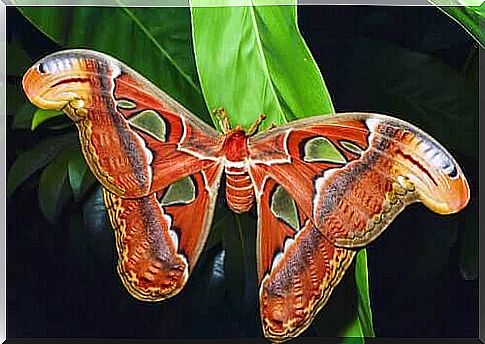
Just like all museums, the CURLA entomological museum also has iconic specimens. Among these is the largest moth in Honduras, the Thysania Agrippina , as well as the largest butterfly in the world, called Attacus Atlas .
Although blue butterflies are found in many countries, the blue butterflies of Honduras are particularly famous for their vivid color. The museum houses various species including the brightest of all, the Morpho Cypris butterfly .
In addition, the museum has managed to add world-rare specimens to its shelves. This is the case of the most colorful nocturnal butterfly in the world from Madagascar, Chrysiridia ripheus . There are also curious and funny specimens such as the Fulgoria Laternaria , an example of a butterfly whose head resembles a peanut and with the largest mouth in the world.
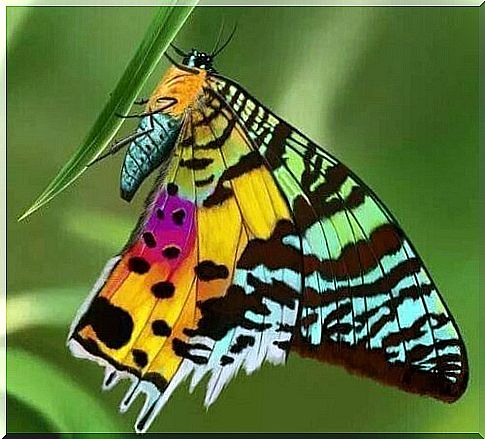
Robert Lehman, founder of the Butterfly and Other Insects Museum
The man arrived in Honduras at the age of 19 and remained there for two years. During this first phase in the Central American country, his love for insects grew to the point of never disappearing.
After the first two years he returned to the United States to complete his studies, after which, in 1968, Lehman returned to Honduras and took root there forever.
Thanks to his degree as a master of primary education, Lehman devoted his life to teaching. In his free days he devoted himself instead to exploring the local mountains, and during his travels and walks he began to collect butterflies.
In 1987, the man donated his first large butterfly collection to the Smithsonian Institution in Washington DC. His contribution to the institute, with more than 4222 species of Honduran moths, has served many researchers and specialists.
In 1994 Lehman began his new collection of butterflies and insects. Only two years later his new collection gave shape to the Butterfly Museum.
The CURLA entomological museum and environmental conservation
Honduras has 11.2 million hectares of land, of which 4 million correspond to various types of woods and jungles. In recent decades, the state has implemented local nature conservation and reforestation programs, despite the fact that flora and fauna continue to be heavily affected by the great climate change of recent times.
In this sense, the CURLA entomological museum is a refuge of knowledge and conservation for all those species of butterflies that could suddenly disappear. In addition to collecting a great variety of insects, in fact, the museum fulfills an educational function.
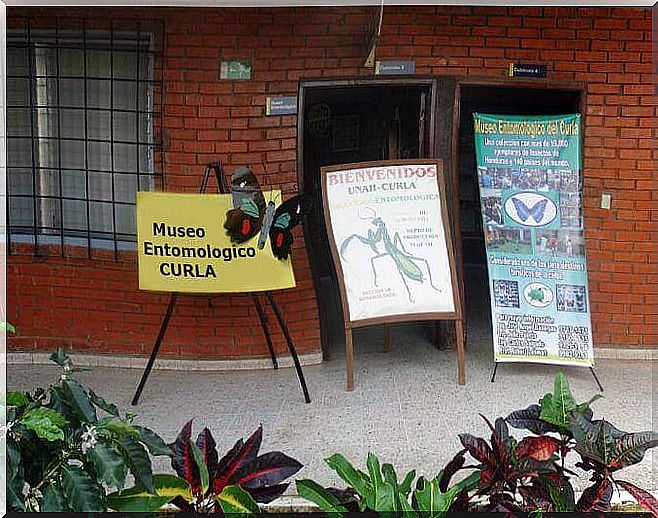
The new management of the Butterfly Museum
Lehman ran the Butterfly Museum since its foundation. As of 2015, however, the museum came under the administration of the National Autonomous University of Honduras.
In that year the museum was moved from its initial location to the Regional University Center of the Atlantic Coast (CURLA). The museum is now at the service of the university community, both researchers and students. Of course, it continues to be open to the public.
Robert Lehman still collaborates with the entomological museum, offering consultancy and staff training. He does workshops on the collection, identification and conservation of insects, as well as on the environment and the care of the natural habitats of moths.
